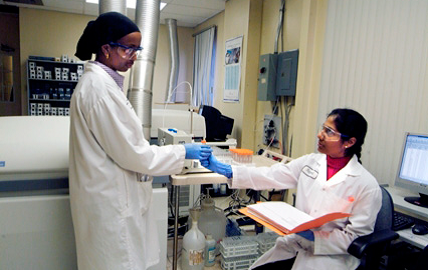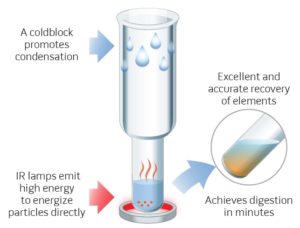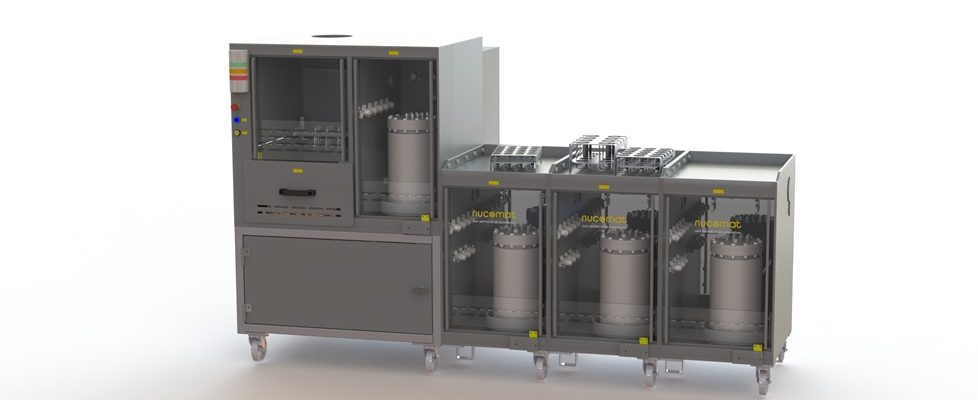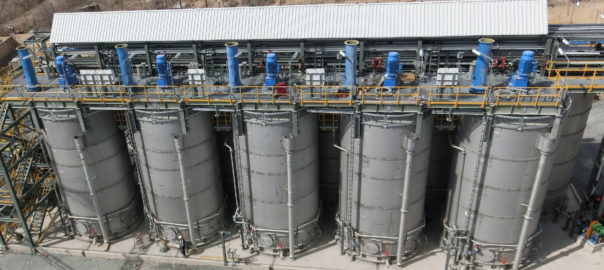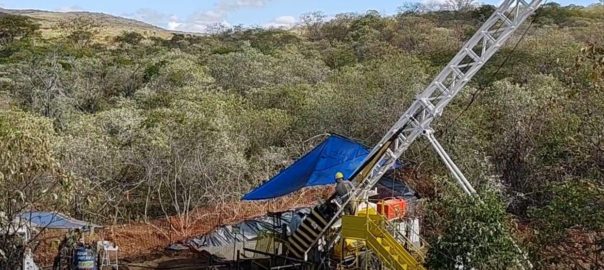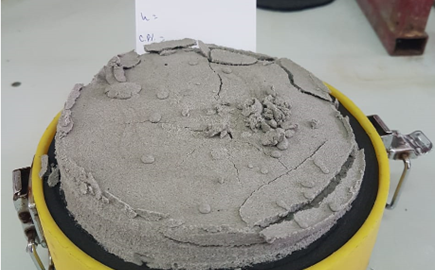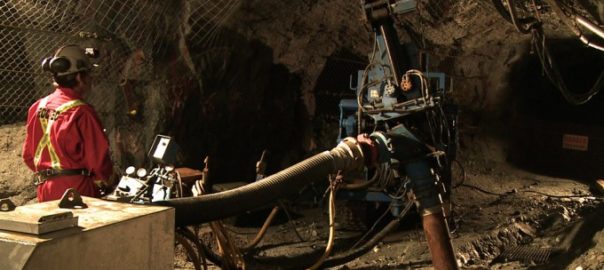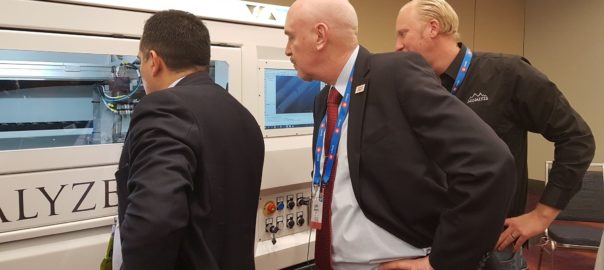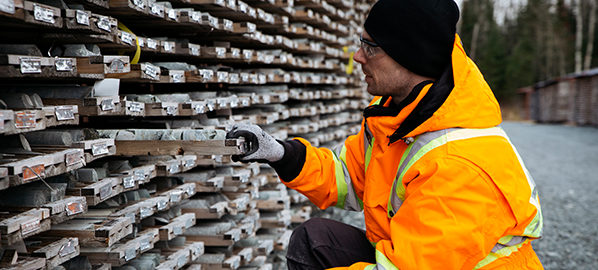Canada Silver Cobalt Works has signed an agreement with SGS Canada Inc to proceed with its Re-2OX pilot plant in Ontario, Canada.
This critical step will allow the company to, it says, accelerate the production of client-specific battery metals for the North American electric vehicle (EV) market, one of its key strategies.
In 2018, SGS Lakefield used the environmentally friendly Re-2OX process to recover 99% of the cobalt and 81% of the nickel from a composite of gravity concentrates while also removing 99% of the arsenic, a long-time issue in this cobalt-rich Cobalt Camp. The gravity concentrates graded 9.25% Co, 5.65% Ni, 49.9% As and 9,250 g/t Ag.
The Re-2OX process, which skips the normal smelting process to create battery-grade cobalt sulphate, was used at SGS to produce a technical-grade cobalt sulphate hexahydrate at 22.6%, directly from cobalt-rich gravity concentrates produced from the first level of Canada Silver Cobalt Works’ Castle mine in the Cobalt Camp. The 22.6% cobalt sulphate compound exceeded the specifications required by battery manufacturers at that time, the company said.
The latest plan calls for SGS to design and build the Stage 1 pilot plant at Lakefield, Ontario. Feed material for this test work will come from the underground at the Castle mine, the high-grade silver discovery Robinson Zone, Beaver and Castle tailings, recycled batteries, and from newly acquired properties.
Management sees the Re-2OX pilot plant as a long-term strategic advantage that will facilitate the production of battery metals for the EV market for many years.
“More importantly, production can be certified as ethically sourced within stringent Canadian environmental standards and traceable verification of a closed-loop supply chain that will ensure this product is highly sought after and could even possibly garner a premium due to source verification,” the company said. “The cobalt ore will come from the Cobalt region including from the Castle property currently being aggressively drilled for high-grade silver and battery metals.”
The company has retained the services of ONSite Labs as an independent contract operator of the Temiskaming Testing Laboratories facility Canada Silver Cobalt Works acquired last year. ONSite is a commercial analytical lab operator.
Over the next four months, ONSite Labs will process samples to prove the ability to produce viable data with the highest standards of quality control, the company said, adding that the lab could be fully operational and open for business by the summer of 2021.
The Castle property is 15 km east of Pan American Silver’s Juby gold deposit, 30 km due south of Alamos Gold’s Young-Davidson mine, 75 km southwest of Kirkland Lake Gold’s Macassa Complex, and 100 km southeast of new gold discoveries in the Timmins West area.







